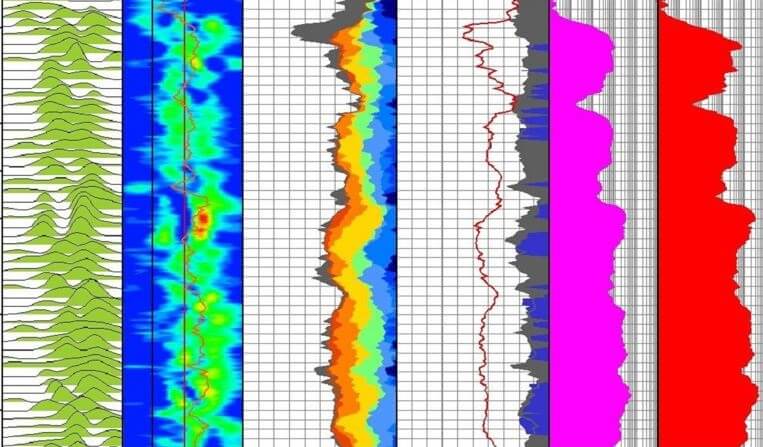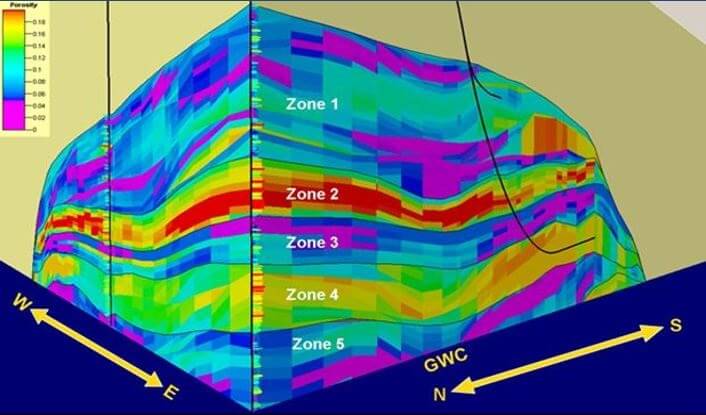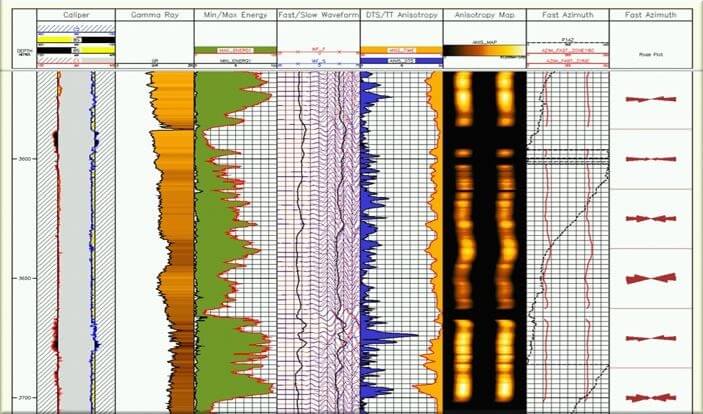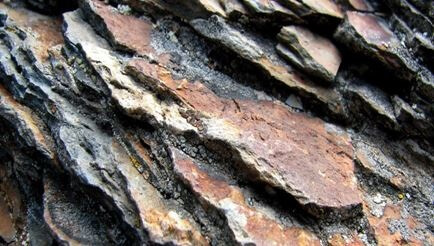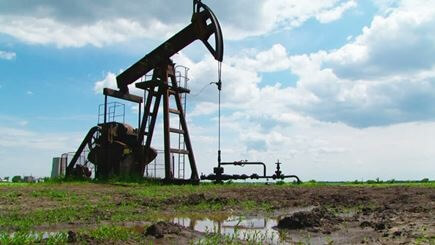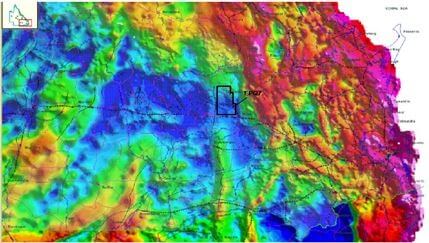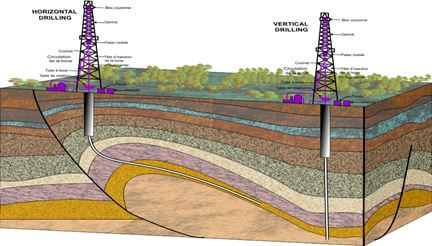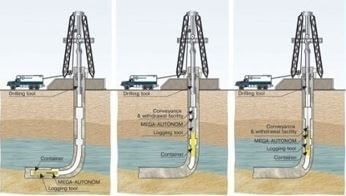BASIC WELL LOGGING
ABOUT THE COURSE
Basic well logging course is designed for exploration and production (E&P) professionals wishing to gain a better understanding of the capabilities and limitations of Well Logging measurements, Petrophysics, and Formation Evaluation. The course covers the basic laboratory, mud log, wireline log, Measurements While Drilling (MWD), Logging While Drilling (LWD), and well testing measurements used to identify and quantify oil and gas Reserves in Place. The course is designed to remove some of the mystique surrounding the use of the measurements that go into estimating reserves in place, to identify the strengths and weaknesses of these measurements, and to identify which measurements are most useful for given geological environments.
WHO SHOULD ATTEND?
- ✔ Exploration Managers
- ✔ Geologists & Geophysicists
- ✔ Petrophysicists
- ✔ Drilling & Completion Engineers
- ✔ Reserve & Petroleum Engineers
- ✔ Source Rock & Unconventional Resource Teams
COURSE DURATION: 5 DAYS
LEARNER OUTCOMES
- ✔ Determine conventional reservoirs parameters.
- ✔ Understand what makes a good carbonates
and sands reservoir in terms of productivity. - ✔ Well logs interpretation
- ✔ Reconnaissance and Over-Plot interpretation
- ✔ Pattern recognition and Cross Plot Interpretation
- ✔ Shaly-Sand interpretation.
- ✔ Gas Sand interpretation.
- ✔ Tough logging conditions & measurements while drilling
potential shale reservoirs.
